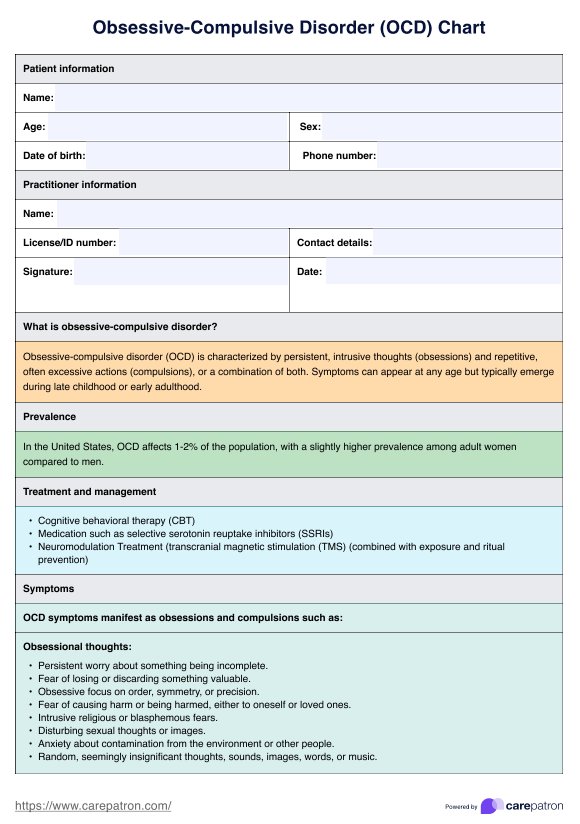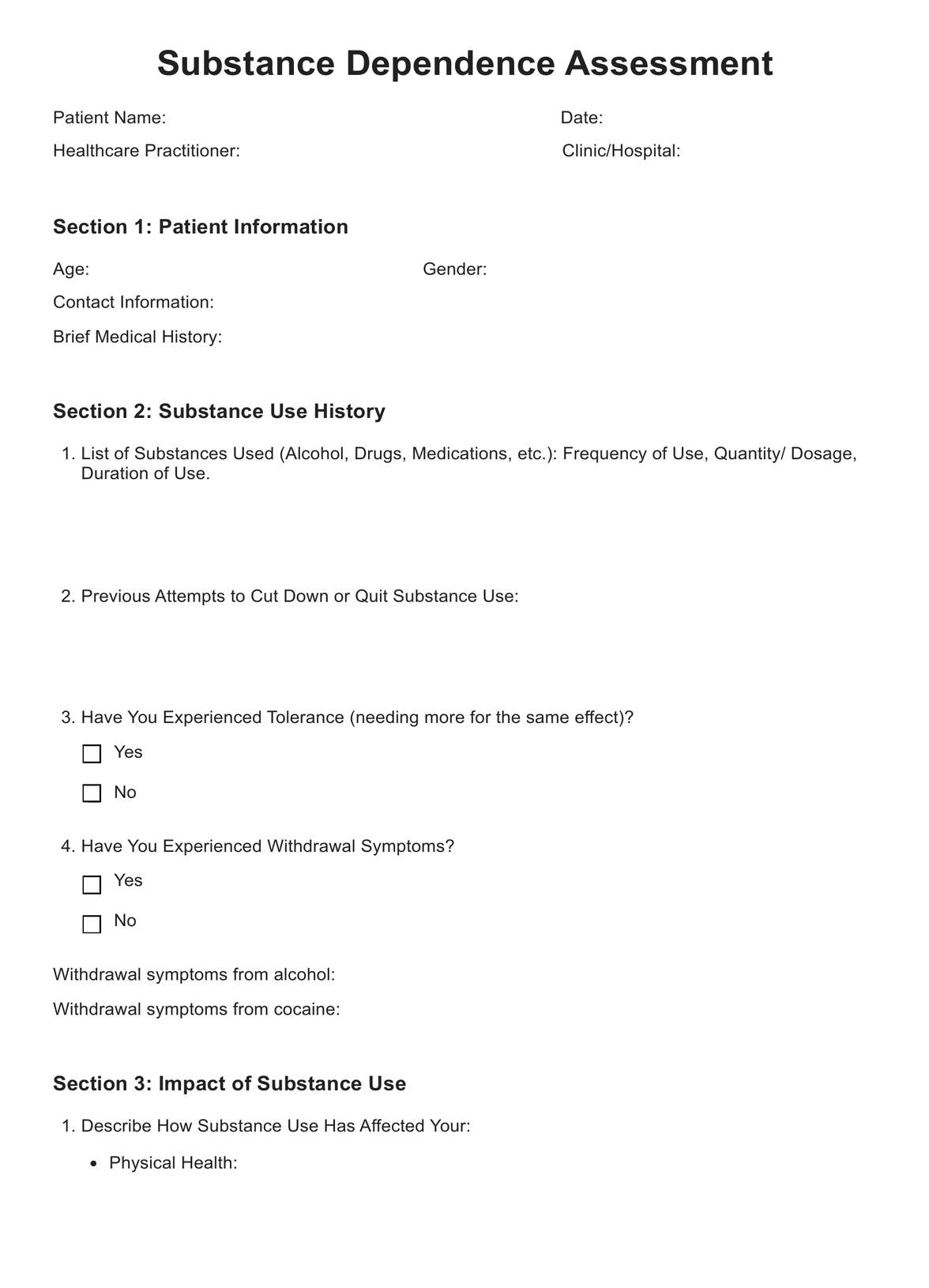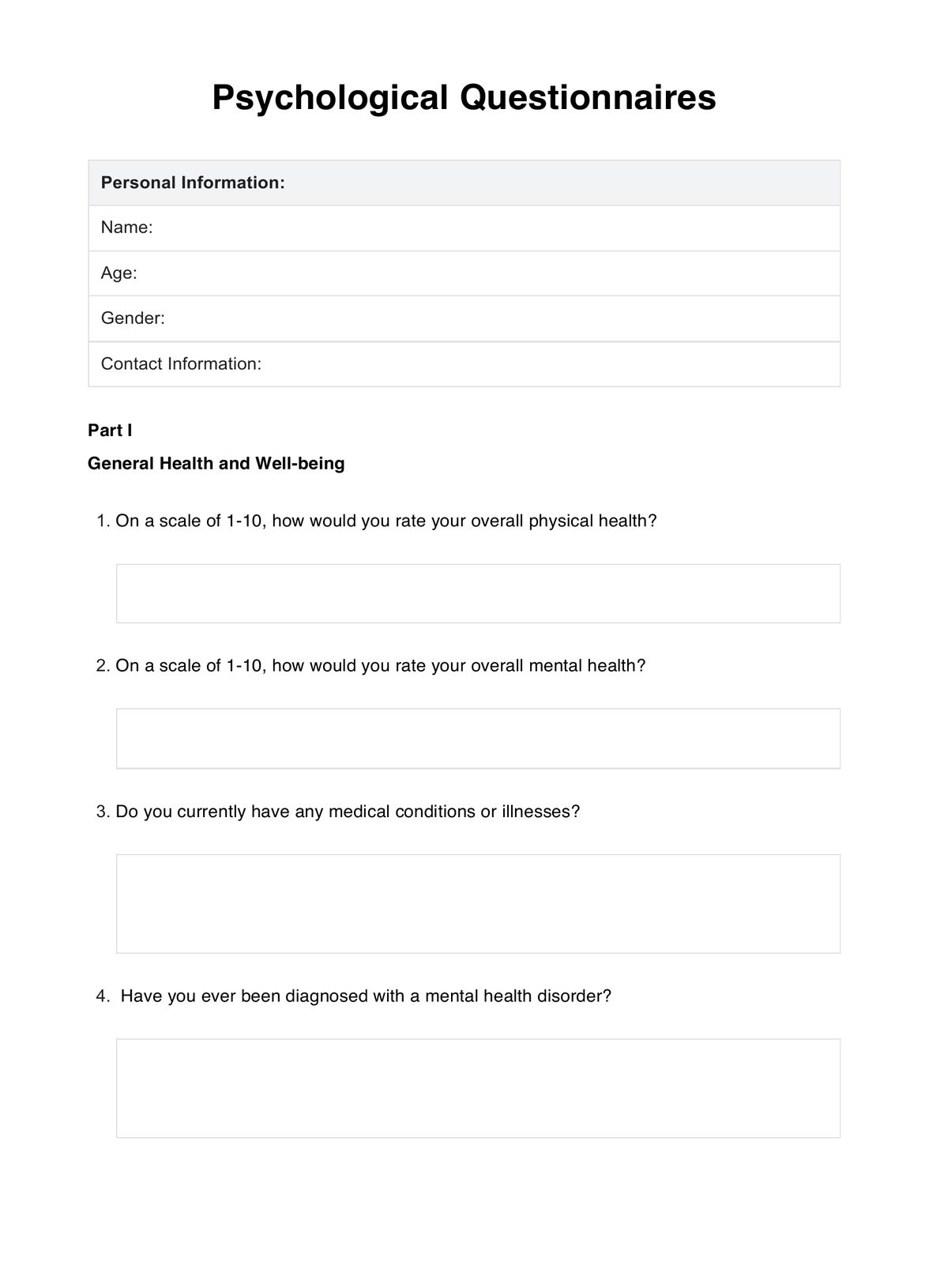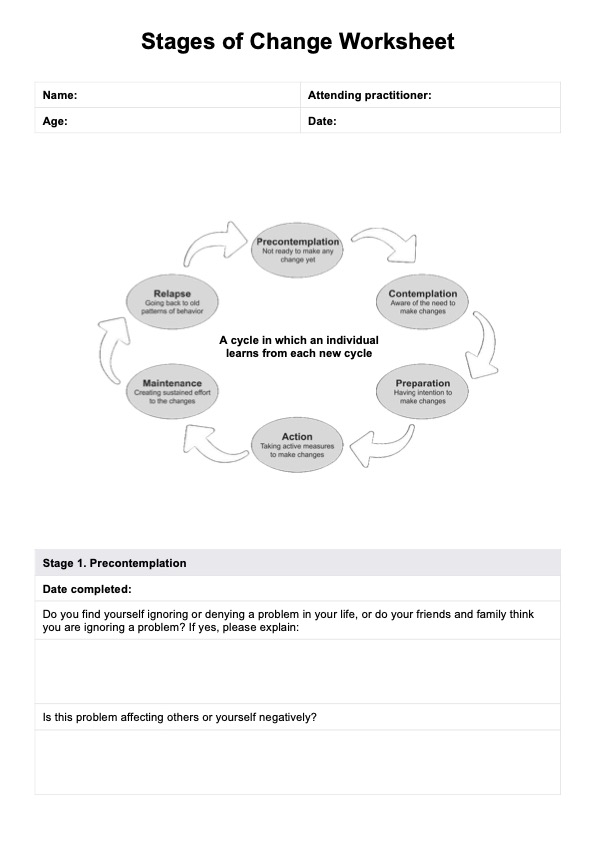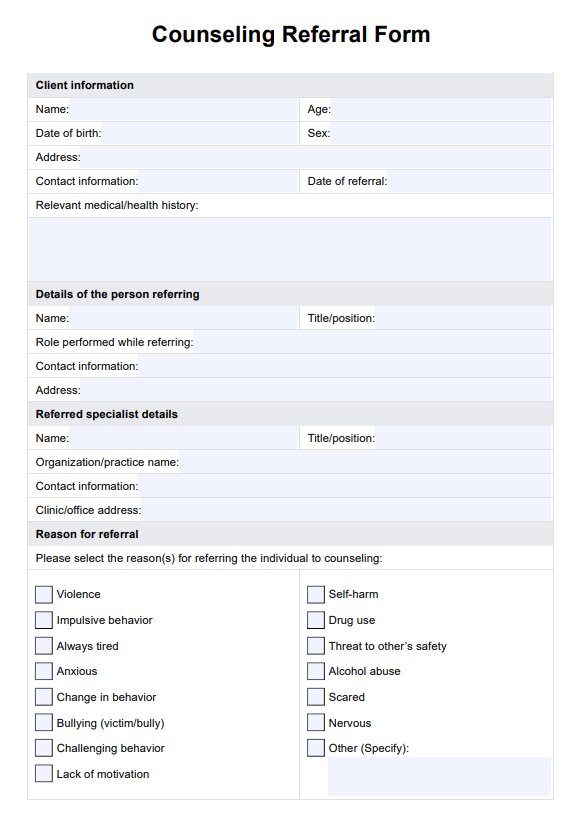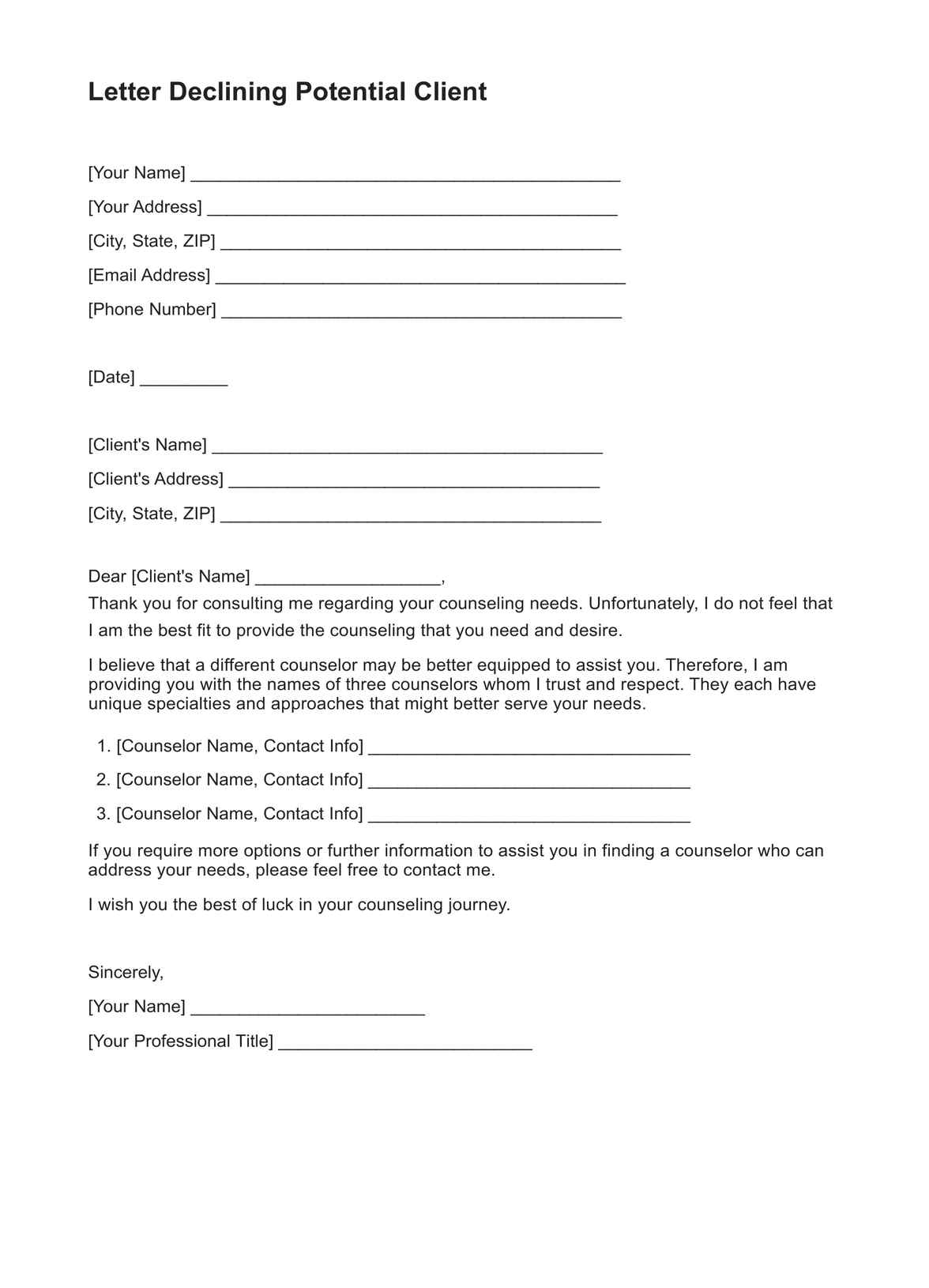Making a Simple Request DBT Worksheet
Enhance healthcare communication with the Making a Simple Request DBT Worksheet. Improve patient-practitioner dialogues effectively.


What is Dialectical Behavior Therapy?
is a therapeutic approach developed by psychologist Dr. Marsha M. Linehan in the late 1980s. It was initially designed to treat individuals struggling with borderline personality disorder (BPD). Still, it has since been adapted for various mental health conditions, particularly those involving emotional dysregulation, impulsivity, and difficulties in interpersonal relationships.
At its core, DBT is a form of cognitive-behavioral therapy (CBT) that incorporates elements of mindfulness, acceptance, and dialectics (the synthesis of opposites). It is founded on the idea that individuals often experience intense emotional responses and relationship difficulties due to a combination of biological predisposition, emotional vulnerability, and an invalidating environment.
Interpersonal effectiveness is a crucial component of DBT, as it focuses on teaching individuals how to navigate social interactions skillfully and assertively. DBT recognizes that many emotional and interpersonal issues arise from ineffective communication, inability to set boundaries, and difficulty asking for one's needs to be met.
DBT offers guidance in honing practical communication skills, aiding individuals in the clear and assertive expression of their thoughts, emotions, and needs. This is achieved without resorting to either aggression or passivity. Within the framework of DBT, individuals acquire tools for active listening, validating the perspectives of others, and making requests that facilitate understanding and collaboration.
Moreover, DBT addresses the challenge of balancing priorities in interpersonal relationships. Many individuals grapple with conflicts arising from the need to weigh their needs against those of others. DBT provides a structured approach, exemplified by techniques like DEARMAN (Describe, Express, Assert, Reinforce, Mindful, Appear confident, Negotiate). These strategies empower individuals to advocate for their interests while also acknowledging and respecting the concerns and desires of others.
Furthermore, DBT encompasses the vital aspect of emotion regulation. It equips individuals with the tools to effectively manage their emotional responses during interactions, averting impulsive reactions. This dynamic regulation facilitates conversation engagement from a more composed and thoughtful perspective. Additionally, DBT emphasizes the importance of establishing and maintaining clear boundaries in relationships, recognizing that these boundaries are essential for fostering respect and reducing conflicts in healthy interpersonal connections.
Making a Simple Request DBT Worksheet Template
Making a Simple Request DBT Worksheet Example
How to use the Making a Simple Request DBT Worksheet:
The "Making a Simple Request DBT Worksheet" is a valuable resource designed to assist healthcare practitioners in helping their clients improve communication, assertiveness, and interpersonal effectiveness. It's a practical tool rooted in Dialectical Behavior Therapy (DBT) principles, empowering clients to navigate challenging situations by making clear and respectful requests.
Here are the steps in using the Making a Simple Request DBT Worksheet:
1. Introduction
Begin by introducing the worksheet to your client. Explain that it's a tool to enhance communication and relationship-building skills.
2. Client Information
Have your client fill out the client information section, including their name, session date, therapist's name, and session number. This helps maintain proper documentation.
3. Situation Description
Encourage your client to describe the specific situation where they want to make a simple request. They should provide context, identify the people involved, and articulate what they wish to ask for.
4. Identify Your Goal
Ask your client to clarify their objective in making this request. What do they hope to achieve or change in the given situation? This step helps set a clear intention.
5. Describe Your Emotions
Guide your client in identifying and labeling the emotions they're experiencing related to the situation. Emotion recognition is a critical aspect of DBT.
6. Assertive Communication
Instruct your client to formulate their request using the provided template: "When [describe the specific situation], I feel [describe your emotions]. I would like [state your request] because [provide a brief explanation]." This helps them express their needs assertively.
7. Anticipate Responses
Have your client consider possible responses they might receive, both positive and negative. Encourage them to strategize how to react to different scenarios.
8. Plan Your Next Steps
Guide your client in developing a plan based on their goal and anticipated responses. What actions will they take to follow through with their request?
9. Homework Assignment
Assign your client to practice their simple request in the real-life situation they described. They should record their experiences and emotions for discussion in the next session.
When would you use this Making a Simple Request DBT Worksheet?
The "Making a Simple Request DBT Worksheet" is a versatile tool suitable for various healthcare and mental health situations. It is especially beneficial when applied in the following contexts:
1. Individual Therapy Sessions
Mental health professionals, such as therapists and counselors, can use this worksheet during individual therapy sessions. It's particularly effective when clients deal with challenges related to assertiveness, communication, and managing emotions. Addressing specific real-life scenarios helps clients develop practical skills for navigating their interpersonal difficulties.
2. Group Therapy Settings
Group therapy sessions, especially those focused on interpersonal effectiveness and communication skills, can benefit from the Making a Simple Request DBT Worksheet. It encourages participants to share and practice their assertiveness skills within a supportive and structured environment.
3. Cognitive-Behavioral Programs
Healthcare practitioners and clinicians can incorporate this worksheet into cognitive-behavioral therapy (CBT) programs, as DBT is a dialectical offshoot of CBT. It enhances therapy's cognitive and emotional facets by providing clients with a tangible tool to work on real-life situations.
4. Supportive Healthcare Environments
Nurses, social workers, and healthcare professionals can use this tool in healthcare settings to help patients communicate effectively with their care providers, express their needs, and reduce anxiety related to medical procedures or hospital stays. It can be beneficial for patients facing challenging treatment decisions.
5. Educational Workshops
Educational workshops on communication and interpersonal effectiveness can incorporate the Making a Simple Request DBT Worksheet to facilitate hands-on learning. It encourages participants to apply learned concepts to their personal experiences.
What are the benefits of using this Making a Simple Request DBT Worksheet?
The free Making a Simple Request DBT Worksheet offers numerous benefits to both clients and healthcare practitioners within a therapeutic context:
Improved Communication Skills
This worksheet helps individuals enhance their communication skills by providing a structured format for expressing their thoughts, feelings, and needs. It encourages clear and assertive communication, which is crucial for healthy relationships.
Enhanced Emotional Regulation
Clients can better manage their emotional responses to challenging situations by using this worksheet. It promotes self-awareness and helps individuals regulate their emotions, reducing impulsive reactions.
Empowerment
By guiding clients through making a simple request, this worksheet empowers them to address their needs and concerns actively. It fosters a sense of agency and self-efficacy.
Conflict Resolution
Clients can effectively address conflicts and reduce misunderstandings by learning to make clear and respectful requests. This can lead to more harmonious relationships, both personally and professionally.
Goal Achievement
The worksheet encourages clients to identify their goals for making a simple request. By setting clear intentions, clients are more likely to achieve their desired outcomes in various situations.
Structured Approach
Healthcare practitioners benefit from the structured approach of this worksheet, which aids in client assessment and goal setting. It streamlines the therapeutic process and ensures clients receive practical tools for real-life situations.
Commonly asked questions
The worksheet is designed for individuals seeking to improve their communication skills, emotional regulation, and interpersonal effectiveness. It's beneficial for those in therapy or counseling, but anyone looking to enhance their communication can find value.
While you can use the worksheet independently, it may be more effective when integrated into therapy sessions. A therapist can provide guidance, feedback, and support as you work through real-life scenarios and practice making simple requests.
The worksheet can be applied to many situations where you need to make a request. These may include work-related requests, requests within personal relationships, or even requests related to healthcare preferences.


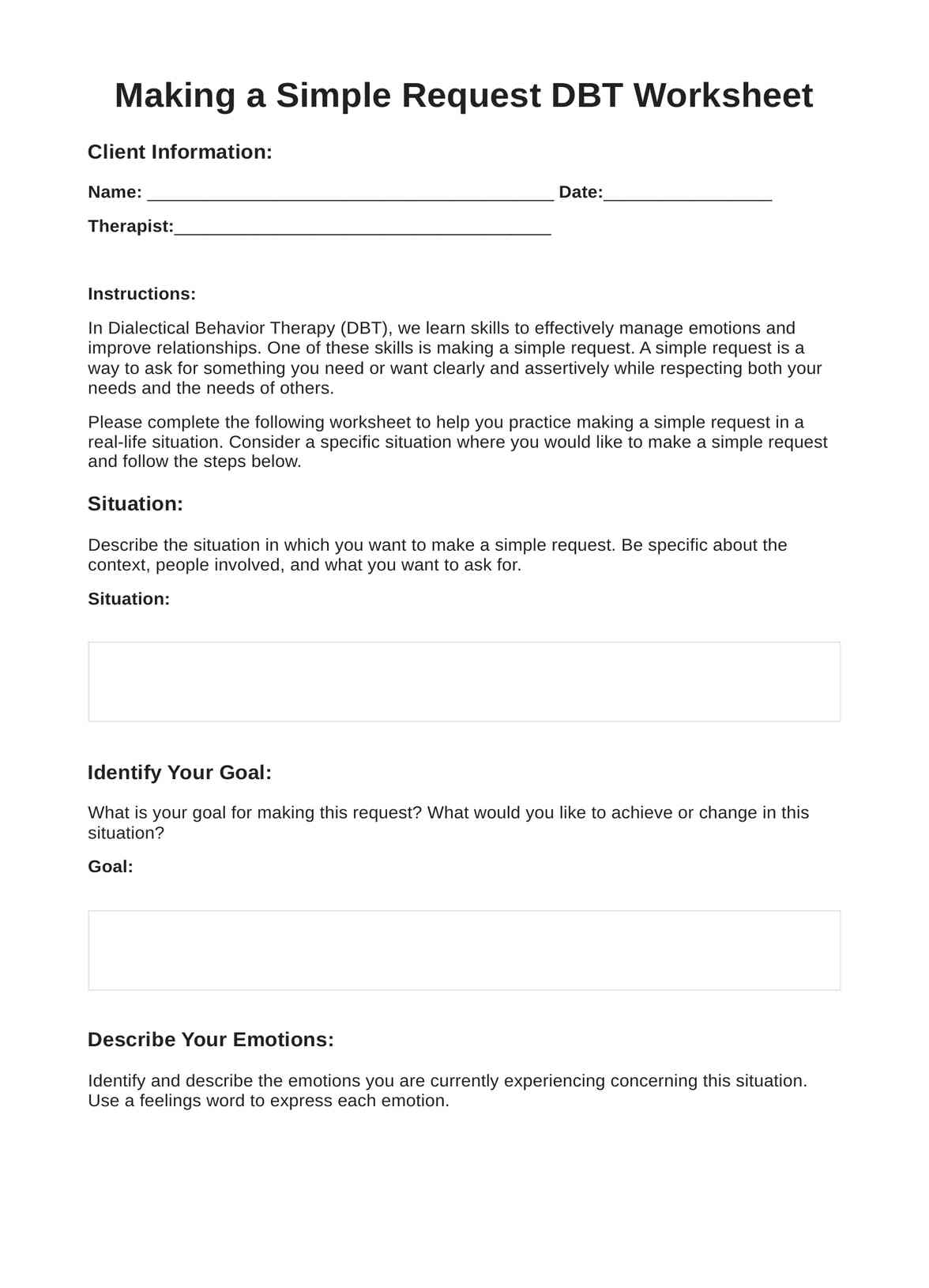
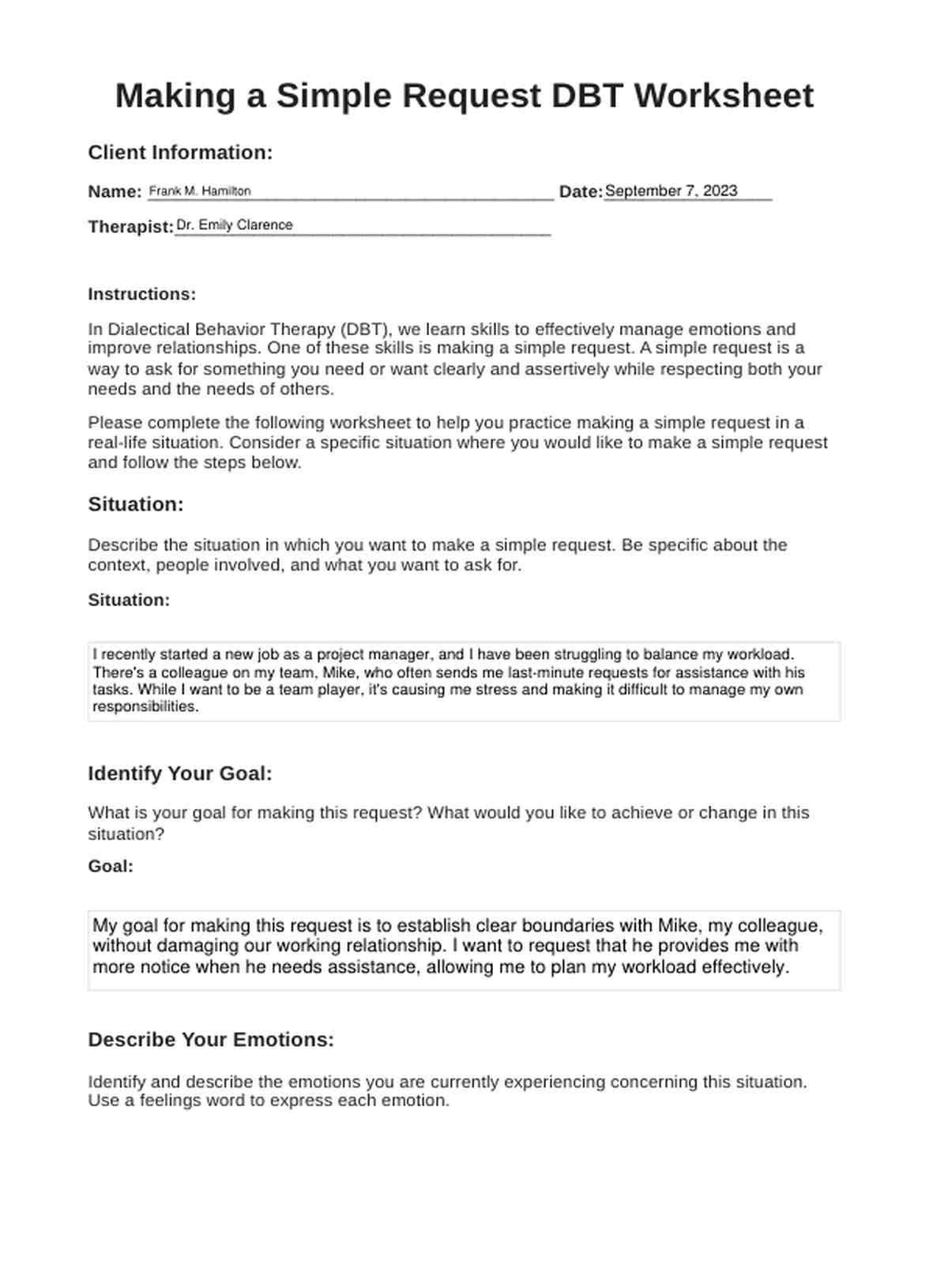












-template.jpg)



























































































